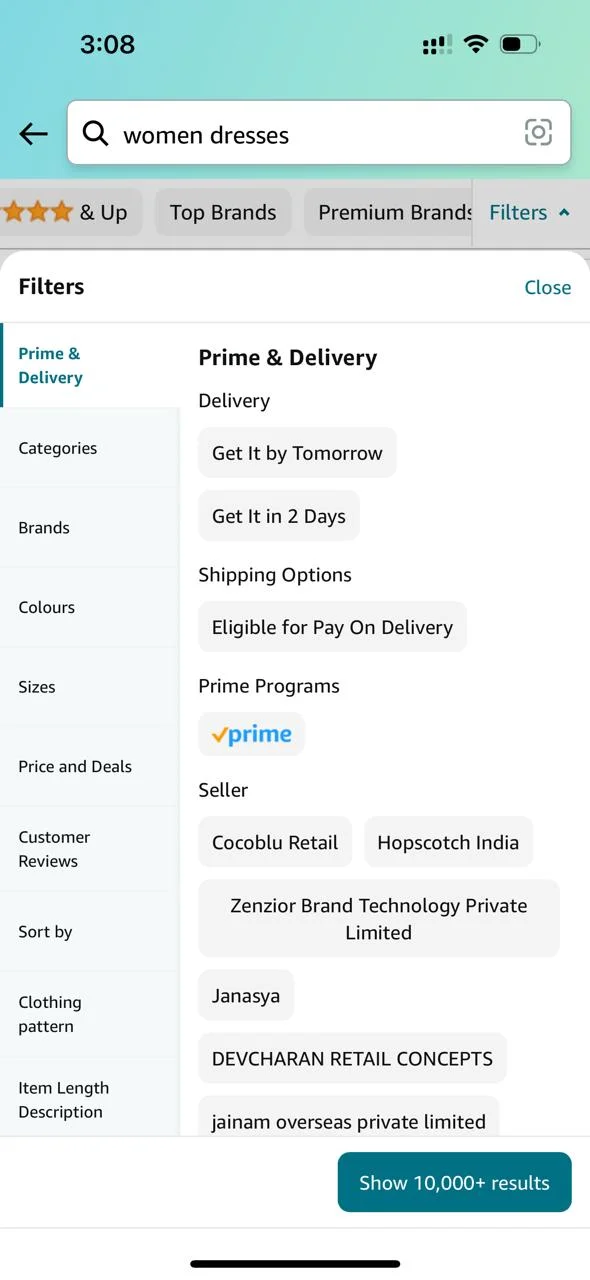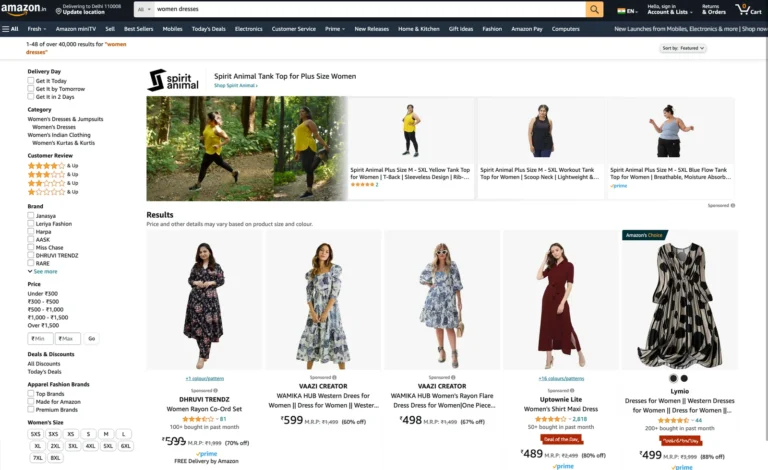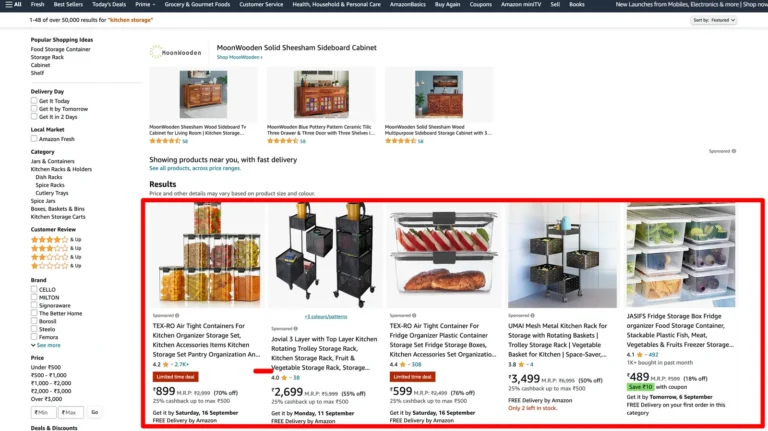In the vast digital landscape of online marketplaces, Amazon stands out as a titan. With millions of products available at the click of a button, getting your product noticed amidst the sea of options can be daunting. That’s where Amazon Search Engine Optimization (SEO) comes into play. By strategically optimizing your product listings, you can significantly improve your chances of visibility and, ultimately, sales. In this comprehensive guide, we’ll delve into the intricacies of Amazon SEO and explore seven effective strategies to elevate your product’s search rankings.
Understanding Amazon SEO
Before diving into the specifics, it’s essential to grasp the fundamentals of Amazon SEO. At its core, Amazon SEO encompasses a range of techniques aimed at enhancing the visibility of your products within Amazon’s search results. Unlike traditional search engines like Google, Amazon’s search algorithm operates within a unique ecosystem, heavily influenced by factors such as product relevance, sales performance, and customer engagement.
Components of Amazon Search:
To effectively navigate Amazon’s search landscape, it’s crucial to understand its key components:
Amazon Search Box:
Users initiate product searches by entering keywords or phrases into the search bar. Additionally, they can utilize filters to refine their search based on various criteria such as price range, brand, and customer ratings.


Search Results Page:
This page displays a list of product offerings relevant to the user’s search query. Product placement is determined by a combination of factors, including relevance, sales velocity, and advertising.

Amazon Sales Rank:
The Best Sellers list showcases the most popular products in real-time based on their sales performance within specific categories. A product’s Best Sellers Rank indicates its relative popularity compared to others in its category.

Sponsored Products and Advertising:
Paid advertising options such as Sponsored Products allow sellers to promote their offerings, thereby increasing visibility and driving sales.

Strategies to Improve Amazon SEO
Now that we’ve established a foundational understanding of Amazon SEO, let’s explore seven actionable strategies to enhance your product’s search rankings:
1. Conduct Keyword Research
Keywords form the backbone of Amazon SEO, influencing how your product is discovered by potential customers. Begin by identifying relevant keywords and phrases that align with your product offering. Utilize tools like Amazon’s autocomplete feature, competitor analysis, and third-party keyword research tools to compile a comprehensive list of target keywords. Aim for a mix of broad “short-tail” keywords and specific “long-tail” keywords to maximize visibility and conversion potential.
2. Craft Compelling Product Titles
Product titles serve as the first point of contact between your product and potential customers. Optimize your titles by incorporating primary keywords, brand names, and essential product attributes. Strive for clarity and conciseness, ensuring that titles accurately convey the product’s value proposition while adhering to Amazon’s character limit guidelines. A well-crafted title not only improves search visibility but also enhances click-through rates and customer engagement.
3. Create Informative Product Descriptions
Beyond titles, product descriptions offer an opportunity to provide detailed information about your product. Incorporate secondary keywords naturally throughout the description, highlighting key features, benefits, and specifications. Strike a balance between descriptive content and readability, avoiding keyword stuffing and focusing on delivering value to the customer. Remember, a compelling product description can influence purchasing decisions and foster trust among prospective buyers.
4. Utilize Bullet Points Effectively
Bullet points offer a concise format to emphasize key selling points and product attributes. Leverage this space to showcase unique features, benefits, and usage scenarios using relevant keywords. Structure your bullet points for clarity and readability, utilizing brief phrases or fragments to convey essential information. By providing easily scannable details, you enhance the user experience and increase the likelihood of conversion.
5. Incorporate Backend Search Terms
While visible to customers, backend search terms play a crucial role in optimizing your product’s discoverability. Populate the backend keyword fields with additional relevant keywords and synonyms that align with your product offering. Focus on expanding your keyword coverage without resorting to redundancy or irrelevant terms. Backend search terms provide a hidden advantage in improving search rankings and reaching a broader audience.
6. Optimize Product Images
Visual content plays a pivotal role in driving engagement and influencing purchase decisions. Invest in high-quality product images that effectively showcase your offering from multiple angles. Ensure images are clear, well-lit, and accurately represent the product’s appearance and features. Additionally, optimize alt-text descriptions with relevant keywords to enhance accessibility and SEO performance. By prioritizing visual appeal, you enhance the overall presentation of your product and entice potential buyers.
7. Price Strategically
Price elasticity plays a significant role in consumer purchasing behavior, making pricing a critical factor in Amazon SEO. Conduct thorough market research to determine competitive price points while maintaining profitability. Consider leveraging dynamic pricing strategies and tools to adjust prices in real-time based on market trends and competitor movements. By finding the optimal balance between price competitiveness and profit margins, you can effectively drive sales and improve your product’s search rankings.
Conclusion
In the competitive landscape of e-commerce, mastering Amazon SEO is essential for success. By implementing the strategies outlined in this guide, you can enhance your product’s visibility, attract more customers, and ultimately drive sales. Continuously monitor and iterate your SEO efforts to adapt to evolving market dynamics and consumer preferences. With dedication and strategic execution, you can position your products for success in the dynamic world of Amazon.
Additional Reading
For more insights into optimizing your Amazon business, check out:

